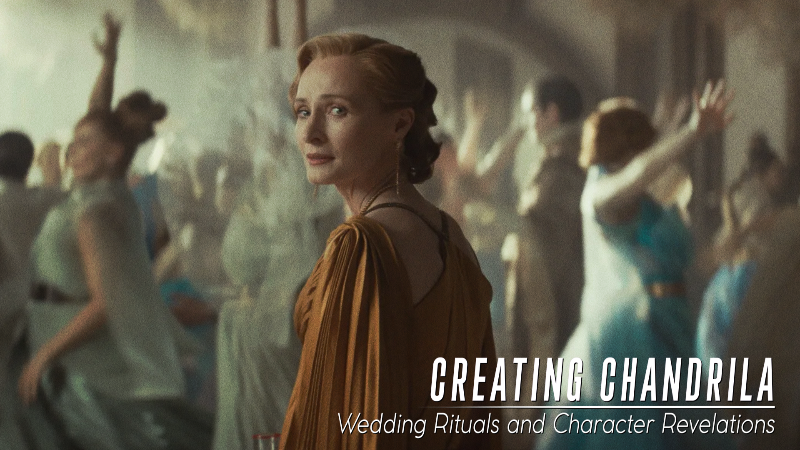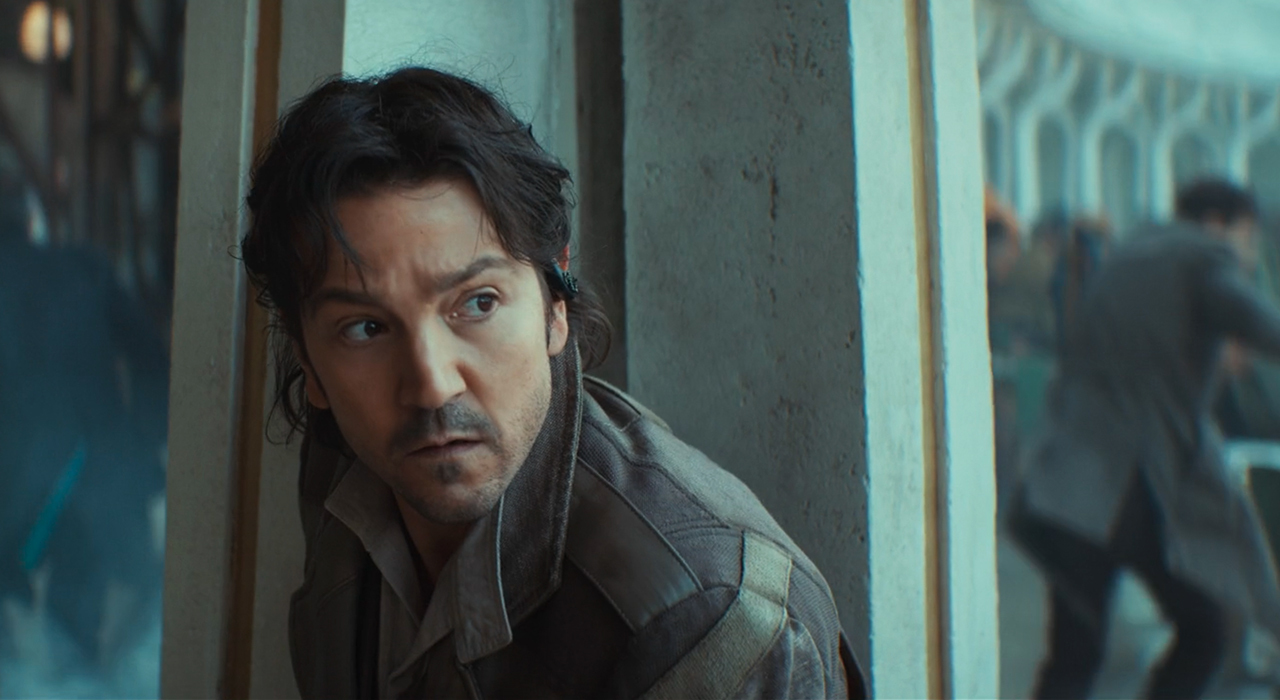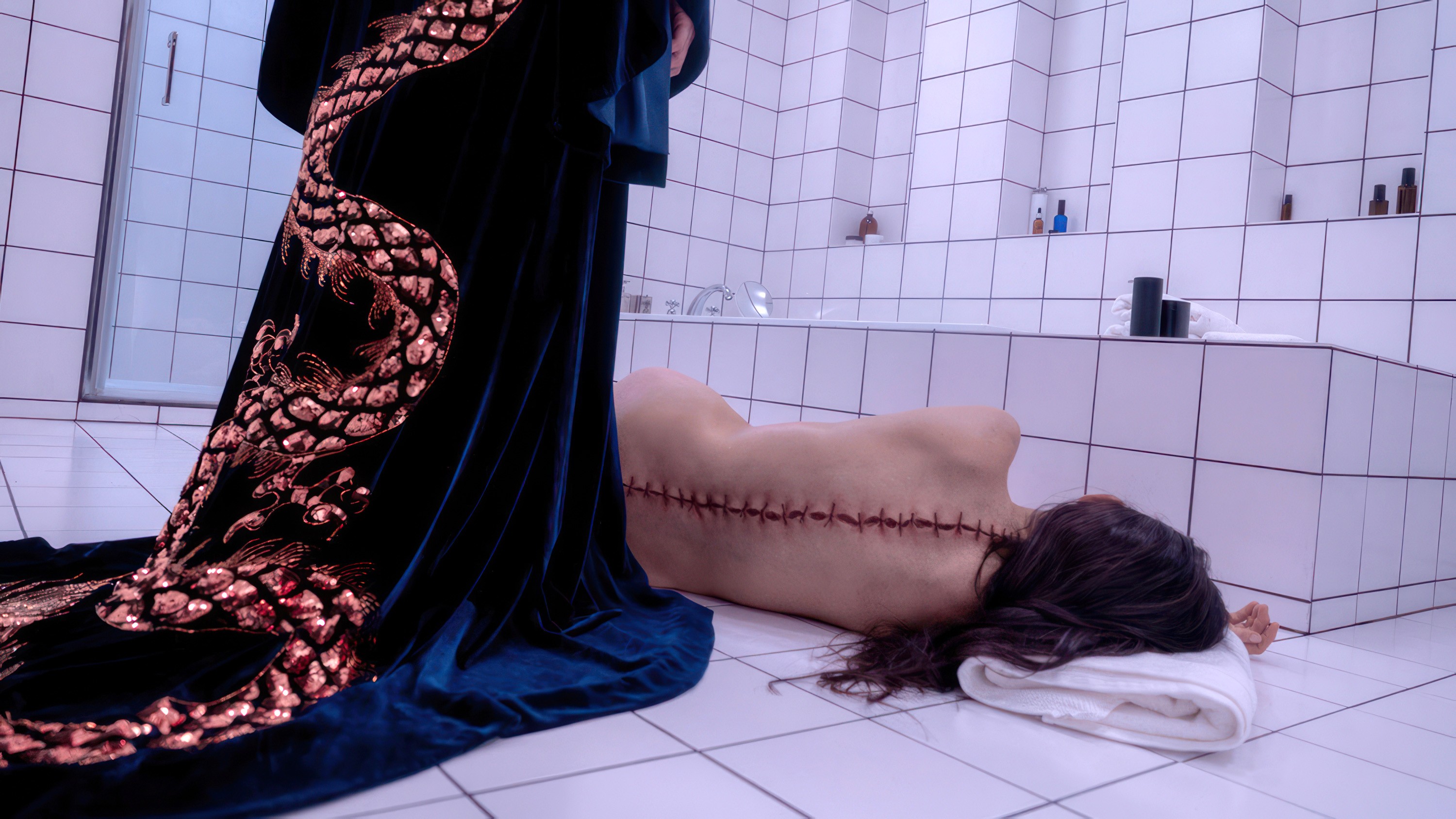“Deep Dive” is an in-depth podcast and video essay series featuring interviews with the stars and creative team behind an exceptional piece of filmmaking. For this edition, the IndieWire Crafts and Special Projects team partnered with Disney+ to take a closer look at “Andor” with creator Tony Gilroy, executive producer Sanne Wholenberg, actors Alïas Lawson, Diego Luna, and Genevieve O’Reilly, production designer Luke Hull, costume designer Michael Wilkinson, composer Brandon Roberts, cinematographer Mark Patton, director Janus Metz, as well as editors Yan Miles and John Gilroy to explore how building distinct cultures grounded the most explosive moments of the show’s second season.
There is a whole galaxy full of TV critics, including our own here at IndieWire, who have found “Andor” Season 2 to be the very best of “Star Wars” — certainly the entry in the franchise that most compellingly grapples with the romance and sacrifice that power revolutions. The Disney+ series does not do this by leaning into the voluminous annals of existing “Star Wars” lore, though.
Tony Gilroy and his creative team figured out that showing viewers the repressive opulence of imperial strongholds, that getting us to feel the humanity of the places that the Empire wishes to crush, makes Cassian Andor (Diego Luna) and his rebel friends’ fight against the Empire so much more meaningful.
Perhaps the most key location in Season 2 is the planet Ghorman, a wealthy, first-world world that just so happens to have some rare minerals the Empire may want to extract. Every decision about Ghorman, from its fabric export economy to its French and Algerian resistance roots to its spider mascots, was made working backwards from the fact that the Empire was going to perpetrate a massacre there. “Ghorman was built to be destroyed,” Gilroy told IndieWire.
“The social climate of Ghorman is crucial for this season, so all this investment is done in terms of storytelling, of time spent in this place, and in terms of design and building,” Luna said on an episode of IndieWire’s Filmmaker Toolkit podcast. “In our story, it’s important to go deeper and get to understand the community.”
On “Andor,” the Empire is crushing communities everywhere, even the ones where everything seems lovely and fine. Season 2 spends much of its first three episodes on Chandrila, the homeworld of rebel leader Mon Mothma (Genevieve O’Reilly), in no small part to show the personal cost of her choosing rebellion over family, friends, and her own moral compass. Mon’s tacit consent to the murder of childhood friend/shaky banker Tay Kolma (Ben Miles) culminates in a dizzying dance number, but everything we learn about Chandrila’s traditions before that gives the audience a vivid sense of why Mon is making that choice.
In the videos below, watch how the “Andor” creative team constructed the cultures of Chandrila and Ghorman to build to some of the most visually detailed, emotionally heartrending, and thematically meaningful sequences in “Star Wars” history.
Chandrila: Wedding Rituals and Character Revelations

Genevieve O’Reilly has played the character of Mon Mothma across multiple “Star Wars” films and series now, going back to a deleted scene cameo in “Revenge of the Sith.” But “Andor” was the first time she got any real context for where the character came from, or why she’d made the choices that would lead to her becoming a rebel leader. Going to Chandrila, getting to experience its old world opulence and rigid, ancient wedding traditions, was deeply revelatory.
“It made so much sense. The complexity of tradition within oneself partly defines who we are, whether we accept that or reject that. And in fact, it gave me a window into what [Mon’s] first rebellion really probably was, which was to find her way out of that culture,” O’Reilly told IndieWire.
The work of creating those traditions was spread across the “Andor” creative team — including composer Brandon Roberts’ blend of classical polish, tribal rhythms, and EDM remixes on the score, Luke Hull‘s melding of “Star Wars” shapes and expensive textures in the Mothma family home, and Michael Wilkinson’s richly layered costumes that conjure a sense of nobility while drawing on a diverse set of cultural styles.
Every aesthetic choice for Chandrila is part of a setup for the end of Episode 3, “Harvest,” where Mon dances away the pain of all the lives she’s having to ruin, not least her own, in service of fighting the Empire. For a moment, she drowns in the concentric circles of, as Gilroy puts it, Chandrila’s “wealth utopia,” just to keep herself from screaming.
“We talked a lot about sort of circular movements, swirling and raising arms, and using the fabrics for the camera to sort of find her as everything descends into chaos,” Wilkinson said. The costume designer worked with fabrics specifically chosen to accentuate movement during the dance sequence, so that each twist and turn of the dance would look as dramatic as Mon’s emotional turmoil.
In the video above, watch how Wilkinson, Hull, Roberts, and the entire “Andor” creative team crafted a gilded cage to trap Mon Mothma, even as she tries to dance her way free.
The Ghorman Massacre: A Culture Built to be Destroyed

The Ghorman Massacre is part of “Star Wars” lore. It’s the inciting incident that causes Mon Mothma to leave the Senate, and hence a turning point for the Rebellion that Gilroy knew would be a tentpole moment going into the Season 2 writers’ room. But little had been established about the planet itself.
“[Ghorman] was a blank book, it was a complete void,” said producer Sanne Wohlenberg. “You knew about the Ghorman Massacre, you knew all that history through canon, but really nobody had been to Ghorman, and so ‘Who are these people and what is the culture?’”
As Gilroy and team detail in the video above, this meant they would build the society and its history from the ground up, even inventing its economy (fabrics), the native spiders whose webs were used to produce the famed twill fabrics, and a sophisticated culture that’s proud of its history.
“We always knew that it was a new culture and we wanted to create a new language for it,” said Wohlenberg. “Tony had this great idea, so why don’t we cast French people whose natural way of speaking French lends itself for the new language. He started creating alphabets and literally they built a language. Our actors could actually speak Ghor to each other and eventually became fluent.”
For the Ghorman Massacre in Episode 8, Gilroy and Season 1 composer Nicholas Britell had even written a national anthem for the proud Ghor to sing in protest as the Empire’s trap starts to tighten.
“Just being in a crowd and us singing together and chanting together, it just felt very real,” said Alaïs Lawson, the French-speaking actress cast to play Ghorman Front fighter Enza Rylanz. “I actually have kind of chills thinking about it.”
Much like with Ferrix in Season 1, these building blocks of Ghor society were created with the arc of the season in mind. Whereas the Ferrix storyline would culminate with the working class residents’ anger boiling over into rebellion, the Ghor’s peaceful protests would end in a pre-determined slaughter. As Gilroy says in the video, “Ghorman was built to be destroyed.” Added series production designer and producer Luke Hull, “We really were working back off this notion that this becomes a killing field.”
In the video above, Hull and team break down one of the biggest builds in TV history: The circular Ghorman town center backlot set. “You are working within a set that’s the size of two football fields, and it’s a real plaza. It’s got a fountain, it’s got a hotel, it’s got a cafe,” said episode 7-9 director Janus Metz. “At some point, you forget that the sets are sets, you’re just living within the reality of [the place].”
The Ghorman backlot set is not only the beating heart of its culture and history, it’s the noose the Empire places around their neck in Episode 8, as the storylines of Cassian, Dedra (Denise Gough), Syril (Kyle Soller), Wilmon (Muhannad Bhaier) converge in the fateful clash between the Ghorman Front and the Empire.
“I’m a freak for geography and action that you always have to know where you are always,” said Gilroy. “But Luke’s set lets you know where everybody is all the time if you’re taking attendance. And it pushes the directors into always being proper about it.”
In the video above, Metz, episode 8 editor Yan Miles, and cinematographer Mark Patten break down how they kept the action clear and the masterful episode’s drama mounting toward its dreadful conclusion.
VIEW ALL DEEP DIVE COVERAGE
Hi Barbie!
The creative team behind “Barbie” breaks down how they built the film’s box of more than just toys.





